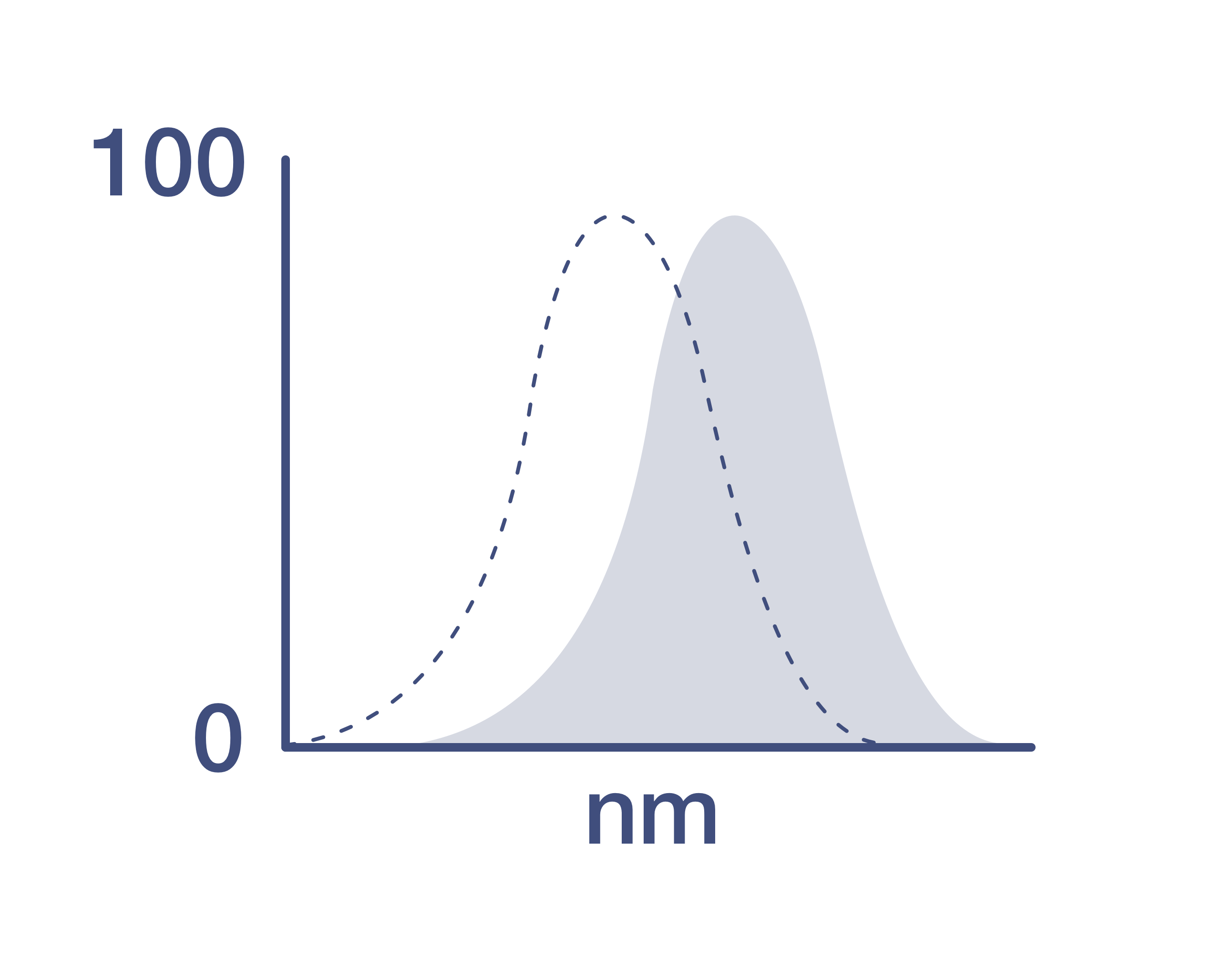Search Thermo Fisher Scientific
Invitrogen
CD91 Monoclonal Antibody (A2MR-a2), PE, eBioscience™
FIGURE: 1 / 2
CD91 Antibody (12-0919-42) in Flow


Product Details
12-0919-42
Species Reactivity
Host/Isotype
Recommended Isotype Control
Class
Type
Clone
Conjugate
Excitation/Emission Max
Form
Concentration
Purification
Storage buffer
Contains
Storage conditions
Shipping conditions
RRID
Product Specific Information
Description: The A2MR-a2 monoclonal antibody reacts with human CD91, also known as LRP-1 and alpha-2 macroglobulin receptor. CD91 is a 600 kDa, type 1 transmembrane protein consisting of an alpha and beta chain. The alpha chain interacts with multiple structurally and functionally diverse ligands and the beta chain contains 2 tyrosine phosphorylation motifs capable of interacting with adaptor and signaling proteins. Binding of ligands mediates ligand endocytosis and trafficking to lysosomes. This receptor is expressed by cells in the monocytic lineage, dendritic cells, hepatocytes, firbroblasts, adipocytes, neurons, and syncytiotrophoblast. CD91 is involved in cross-presenting antigens via MHC class I molecules on antigen presenting cells after endocytosis of heat shock protein-peptide complexes. It also plays a role in cell migration and is involved in activating signaling cascades.
Applications Reported: This A2MR-a2 antibody has been reported for use in flow cytometric analysis.
Applications Tested: This A2MR-a2 antibody has been pre-titrated and tested by flow cytometric analysis of normal human peripheral blood cells. This can be used at 5 µL (0.06 µg) per test. A test is defined as the amount (µg) of antibody that will stain a cell sample in a final volume of 100 µL. Cell number should be determined empirically but can range from 10^5 to 10^8 cells/test.
Excitation: 488-561 nm; Emission: 578 nm; Laser: Blue Laser, Green Laser, Yellow-Green Laser.
Filtration: 0.2 µm post-manufacturing filtered.
Target Information
CD91 is a 600 kDa type I transmembrane protein composed of an alpha and beta chain. The alpha chain interacts with a variety of structurally and functionally diverse ligands, while the beta chain contains two tyrosine phosphorylation motifs that interact with adaptor and signaling proteins. This receptor is expressed by cells in the monocytic lineage, dendritic cells, hepatocytes, fibroblasts, adipocytes, neurons, and syncytiotrophoblasts. CD91 plays a crucial role in several cellular processes, including ligand endocytosis and trafficking to lysosomes, intracellular signaling, lipid homeostasis, and clearance of apoptotic cells. It is involved in cross-presenting antigens via MHC class I molecules on antigen-presenting cells after endocytosis of heat shock protein-peptide complexes. Additionally, CD91 is essential for the A2M-mediated clearance of secreted amyloid precursor protein and beta-amyloid, the main component of amyloid plaques found in Alzheimer patients. Expression of CD91 decreases with age and is found to be lower in brain tissue from Alzheimer patients compared to controls. The receptor also plays a role in cell migration and activating signaling cascades, highlighting its importance in both immune function and disease processes.
For Research Use Only. Not for use in diagnostic procedures. Not for resale without express authorization.

How to use the Panel Builder
Watch the video to learn how to use the Invitrogen Flow Cytometry Panel Builder to build your next flow cytometry panel in 5 easy steps.
Bioinformatics
Protein Aliases: A2MR; Alpha-2-macroglobulin receptor; APOER; Apolipoprotein E receptor; CD91; FLJ16451; low density lipoprotein receptor-related protein 1; LRP-1; MGC88725; Prolow-density lipoprotein receptor-related protein 1; TbetaR-V/LRP-1/IGFBP-3 receptor; type V tgf-beta receptor
Gene Aliases: A2MR; APOER; APR; CD91; IGFBP3R; LRP; LRP1; LRP1A; TGFBR5
UniProt ID: (Human) Q07954
Entrez Gene ID: (Human) 4035

Performance Guarantee
If an Invitrogen™ antibody doesn't perform as described on our website or datasheet,we'll replace the product at no cost to you, or provide you with a credit for a future purchase.*
Learn more
We're here to help
Get expert recommendations for common problems or connect directly with an on staff expert for technical assistance related to applications, equipment and general product use.
Contact tech support

